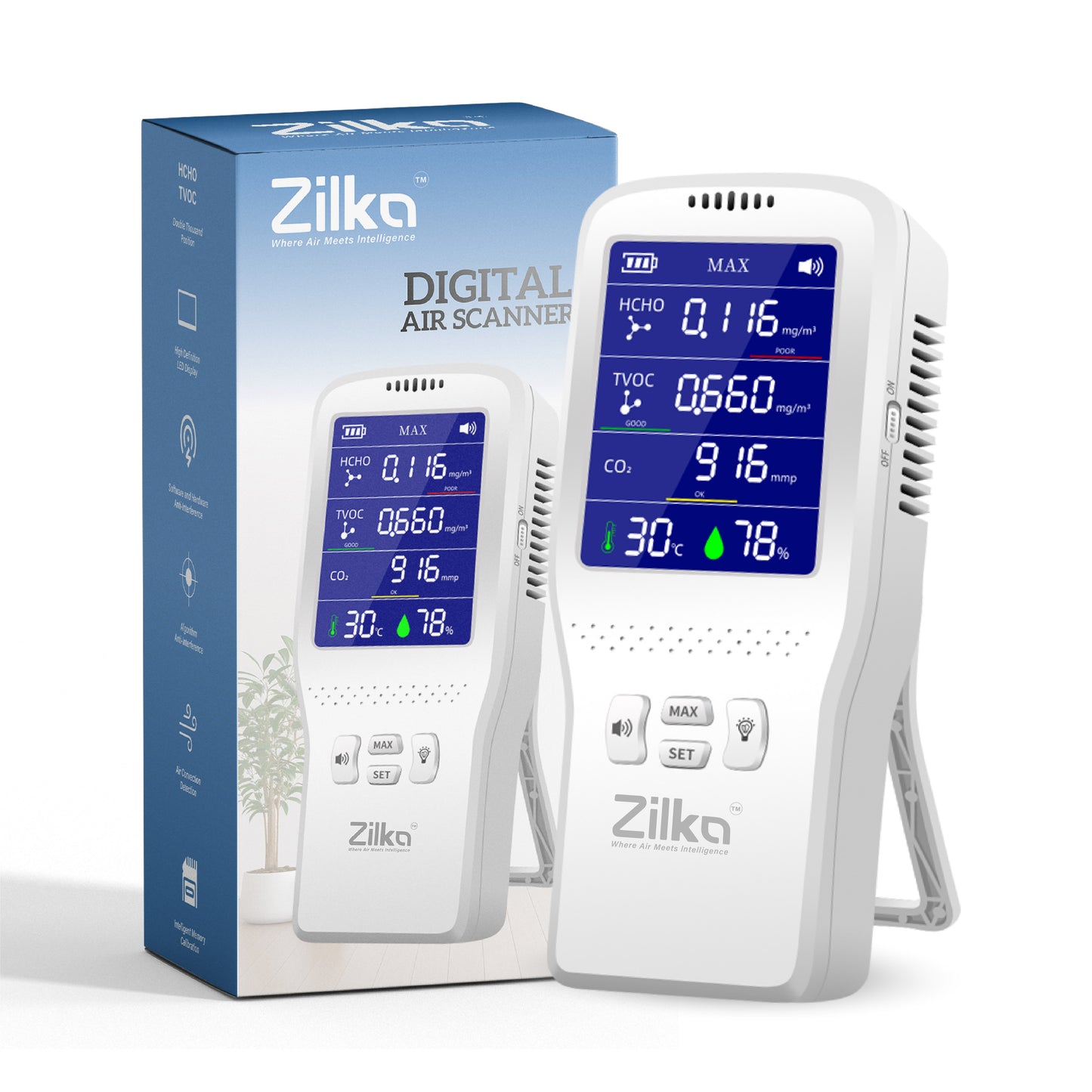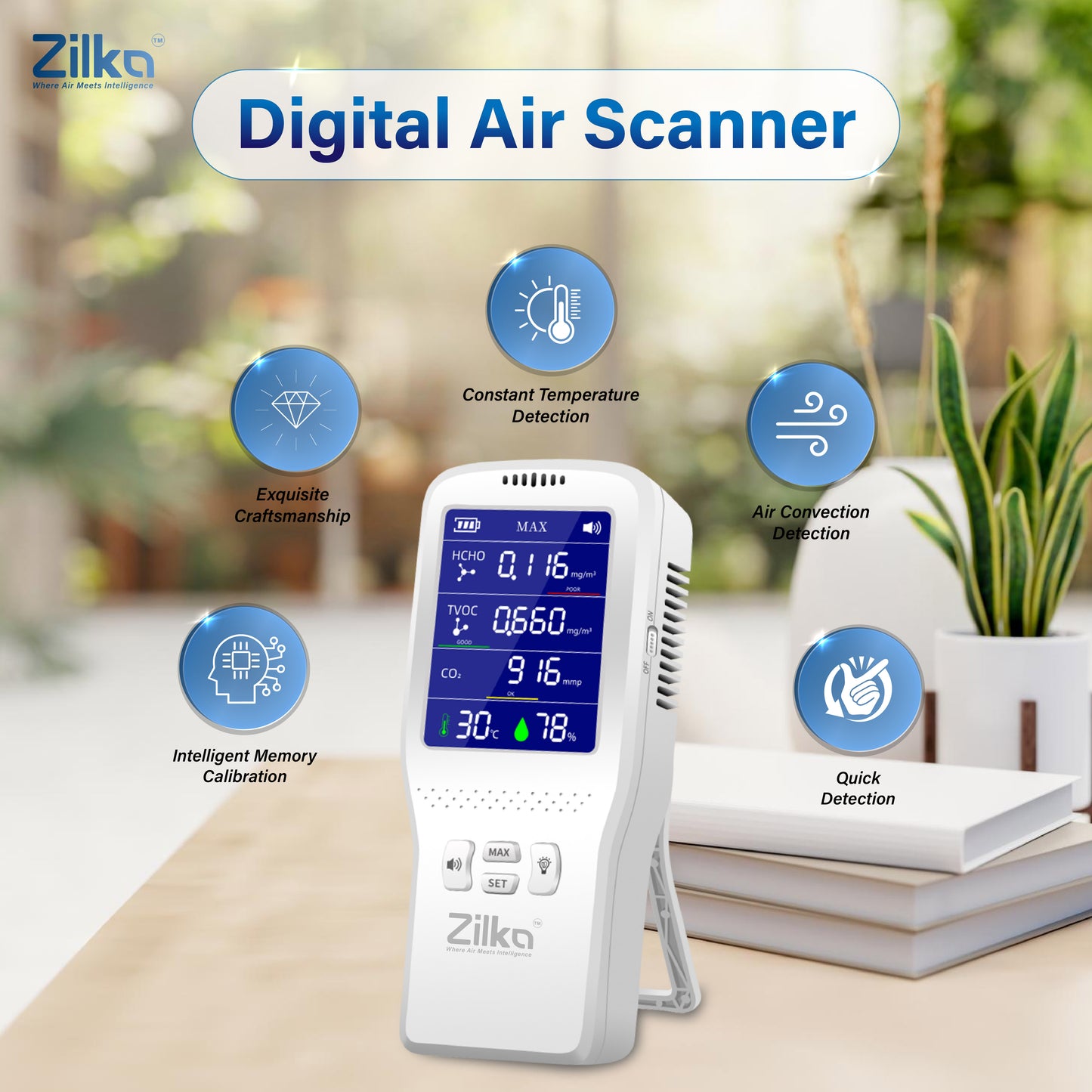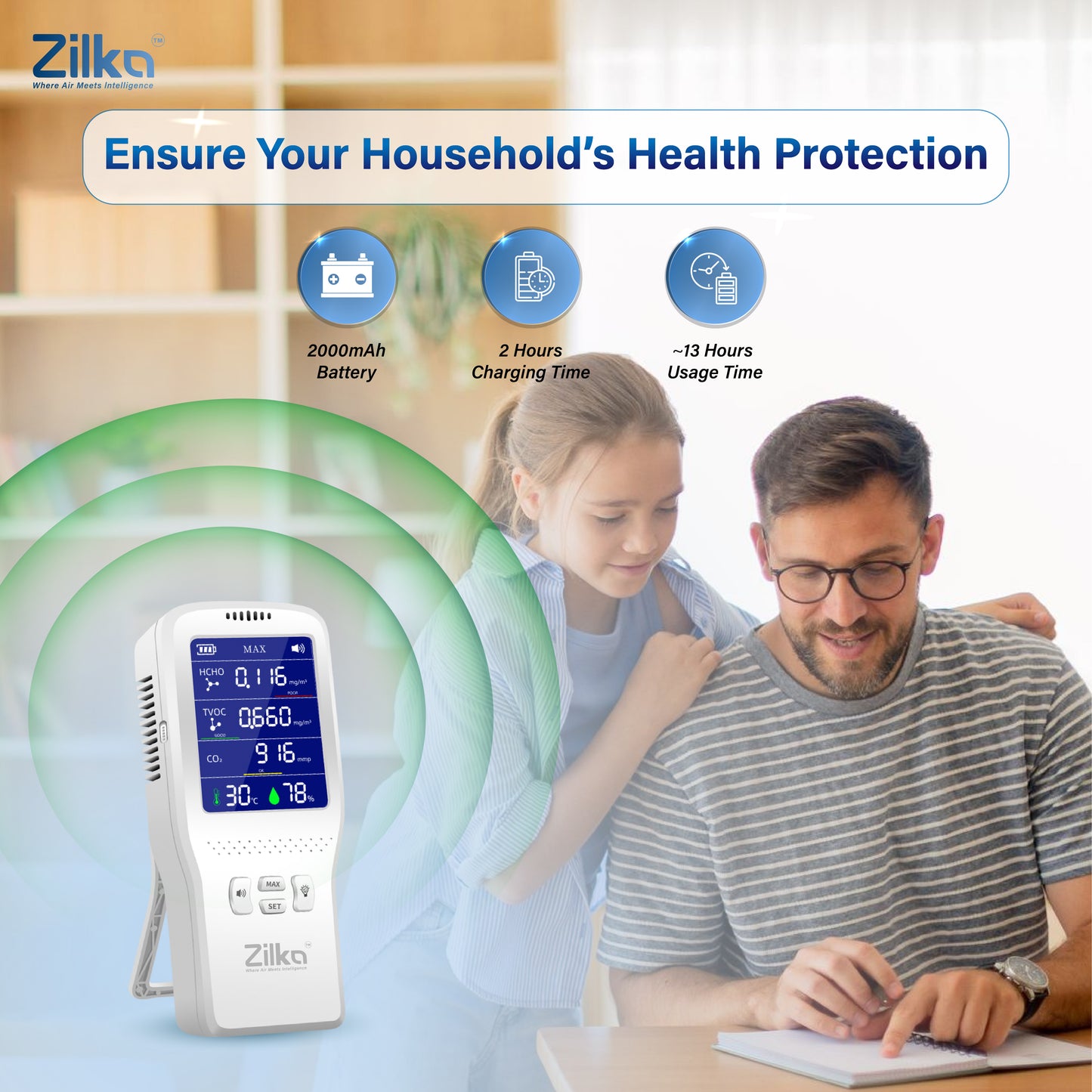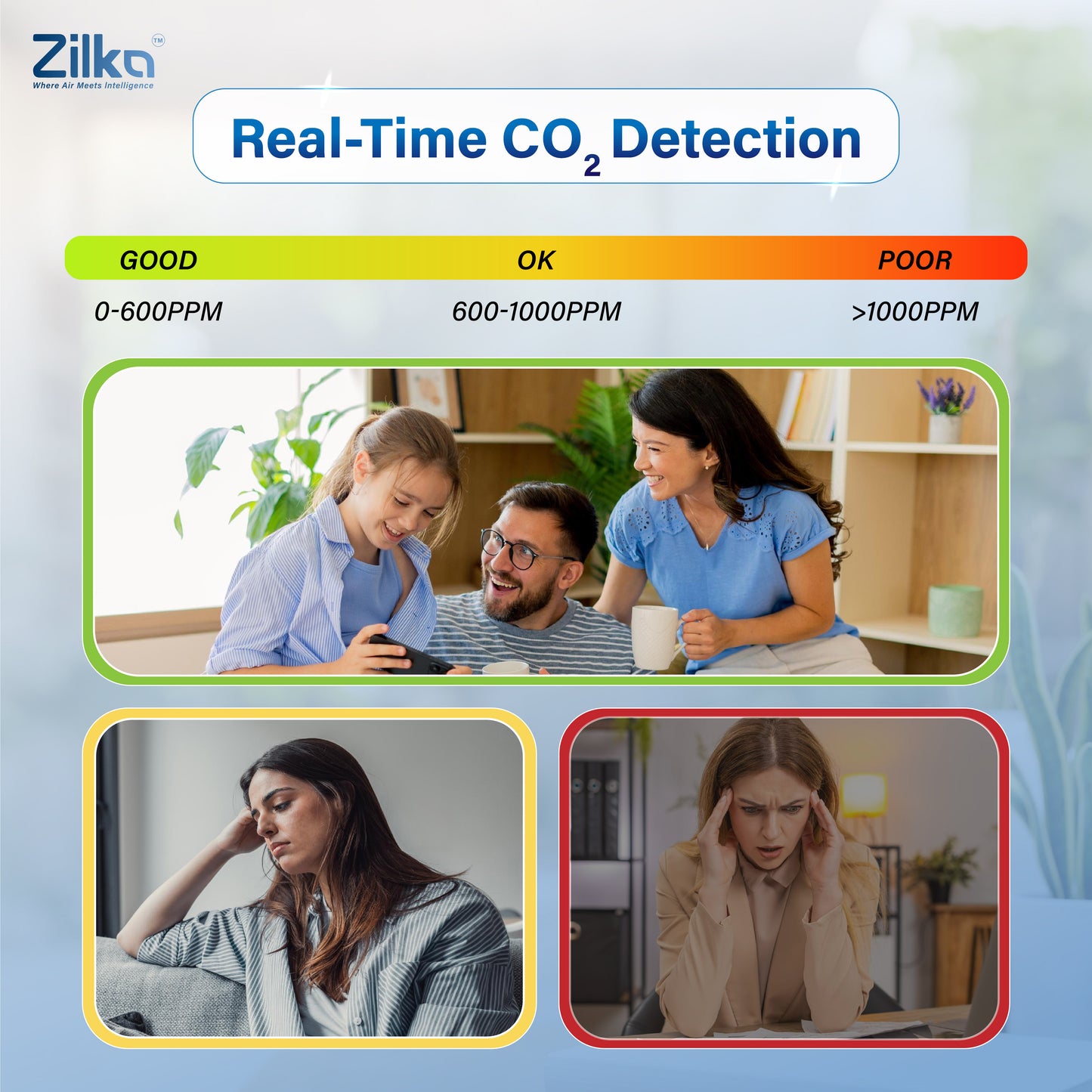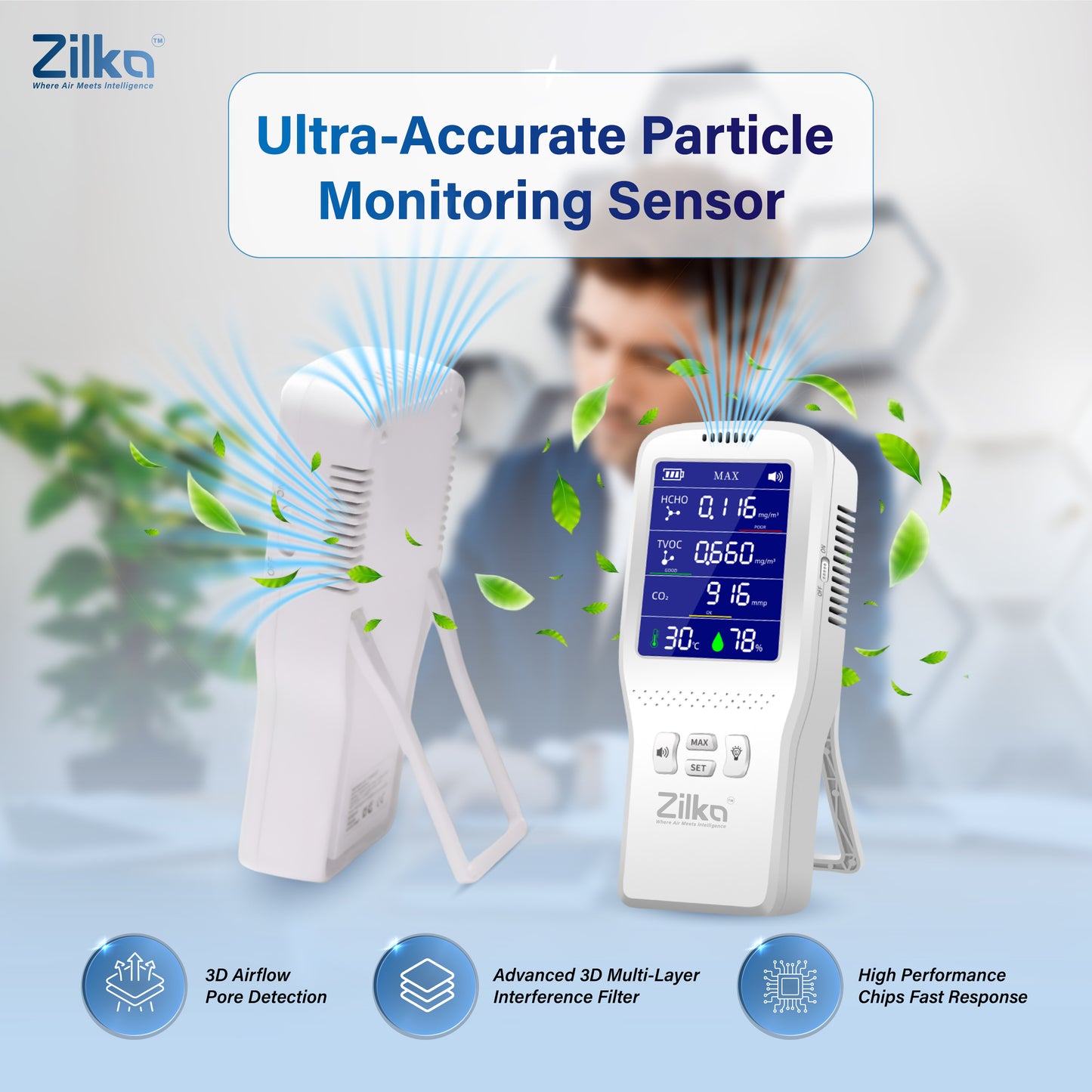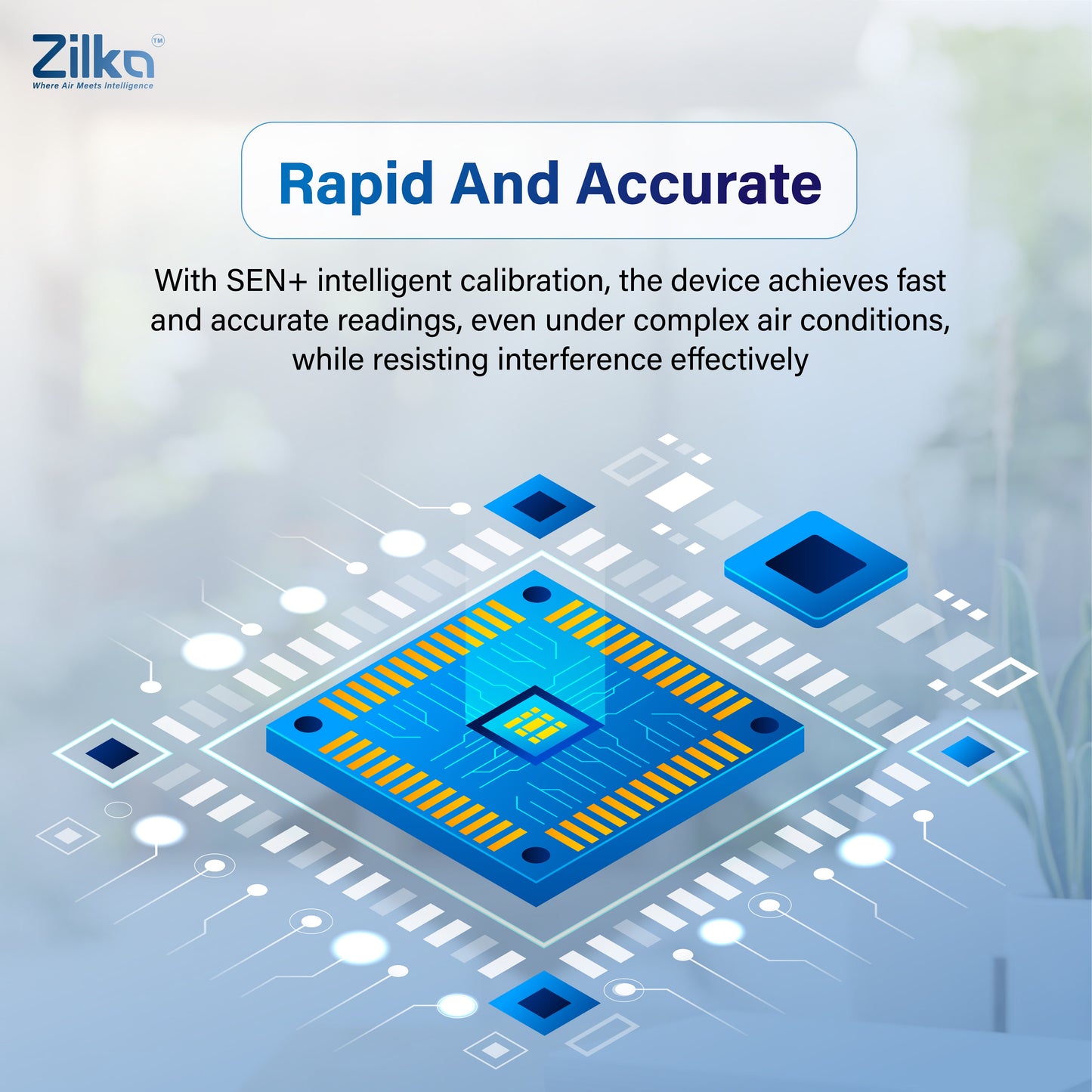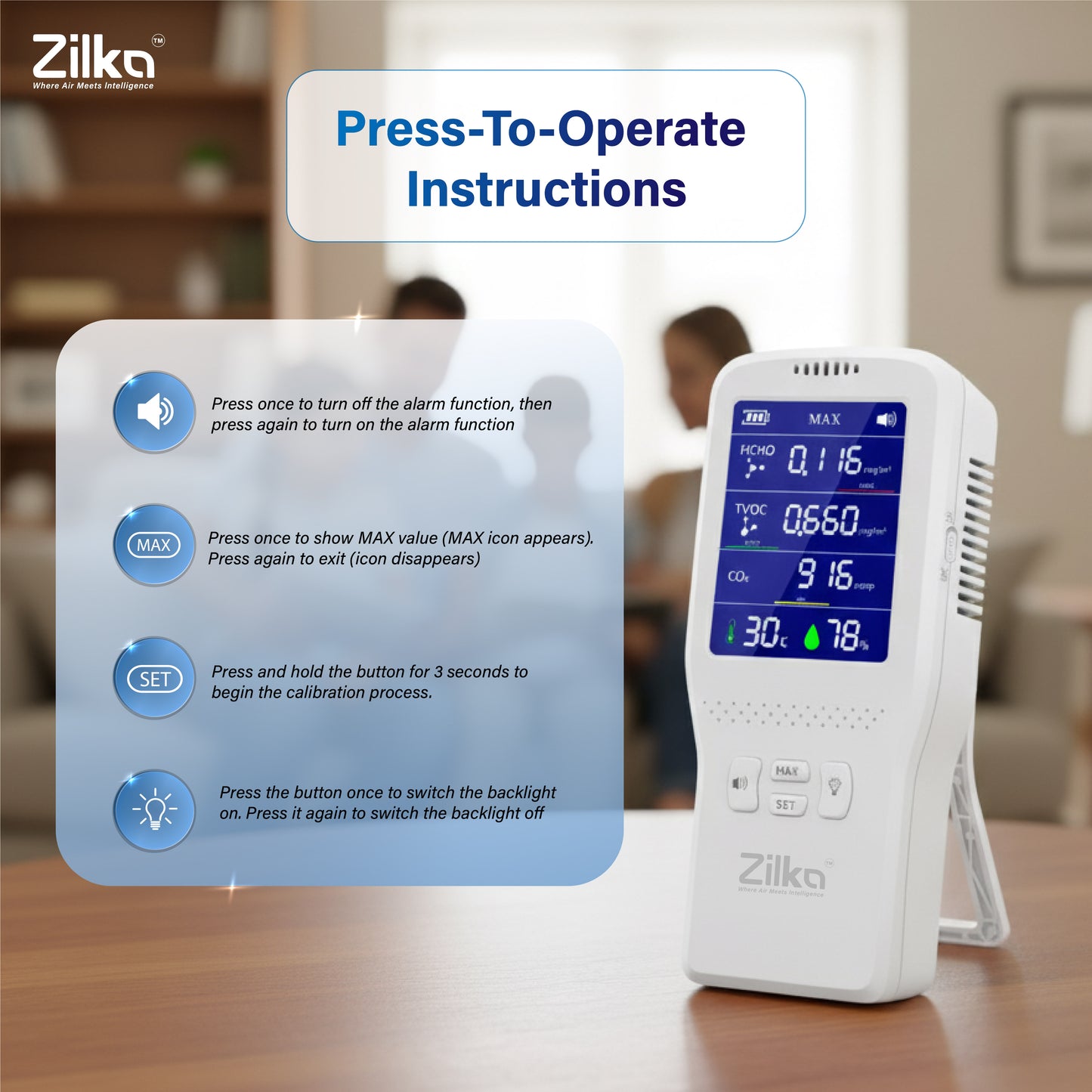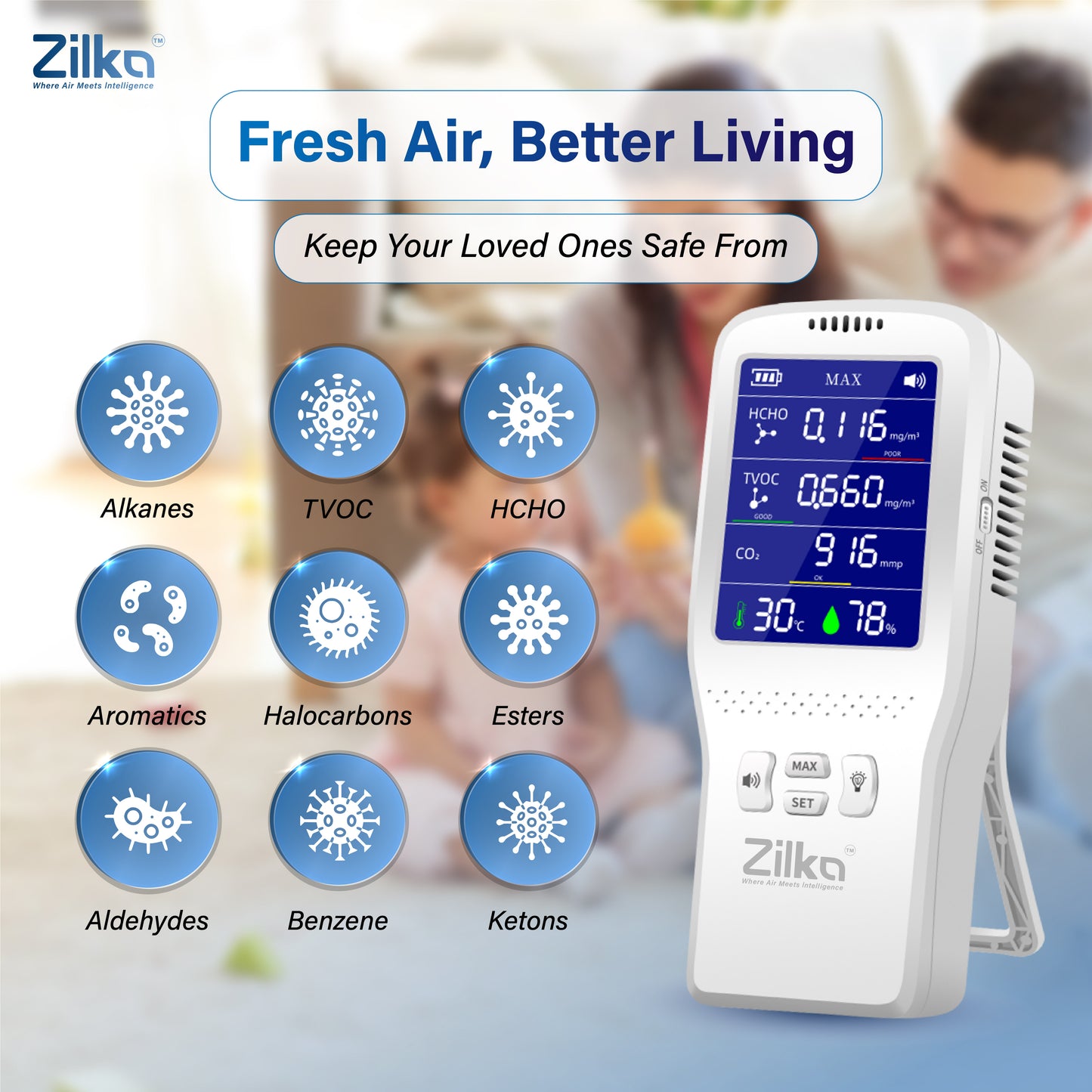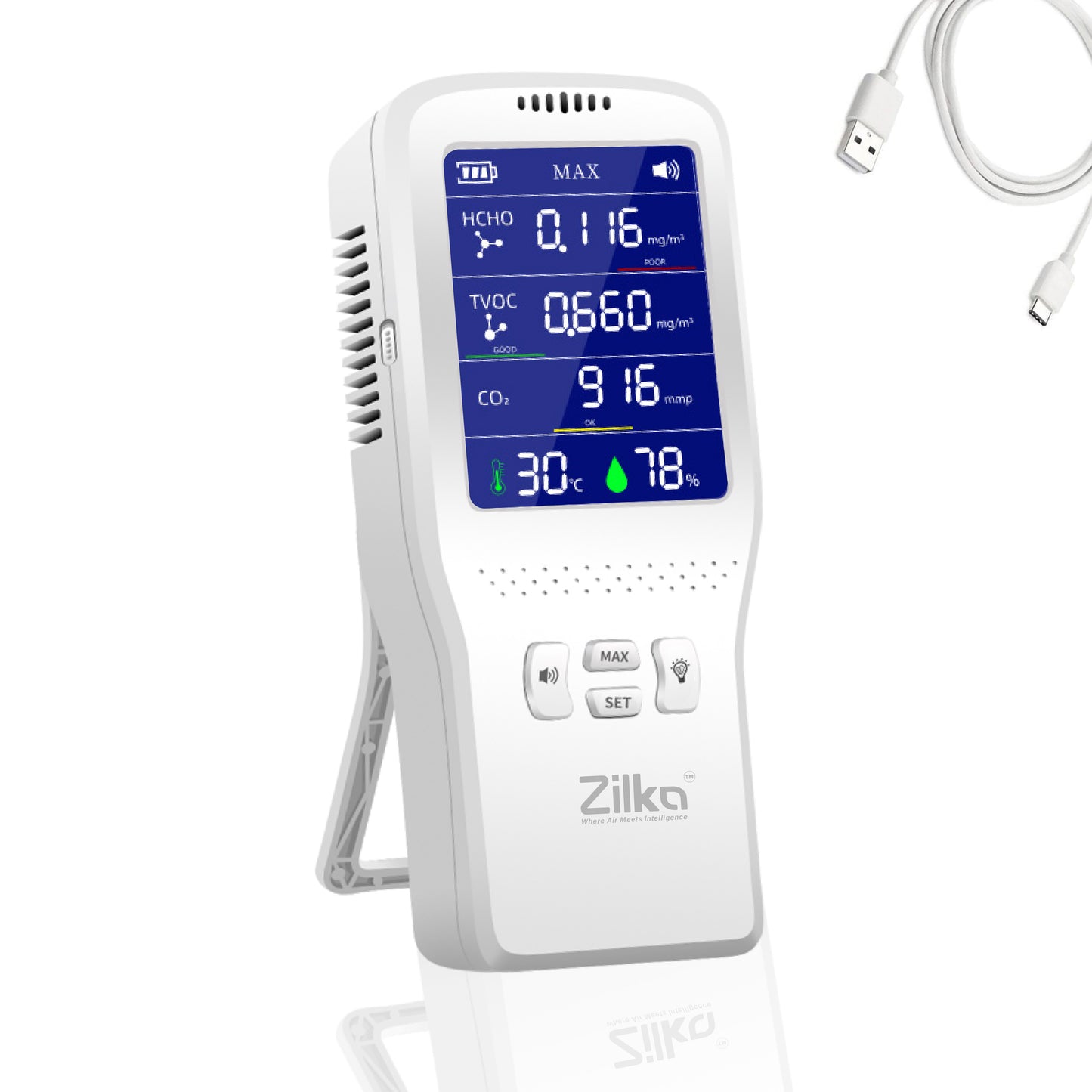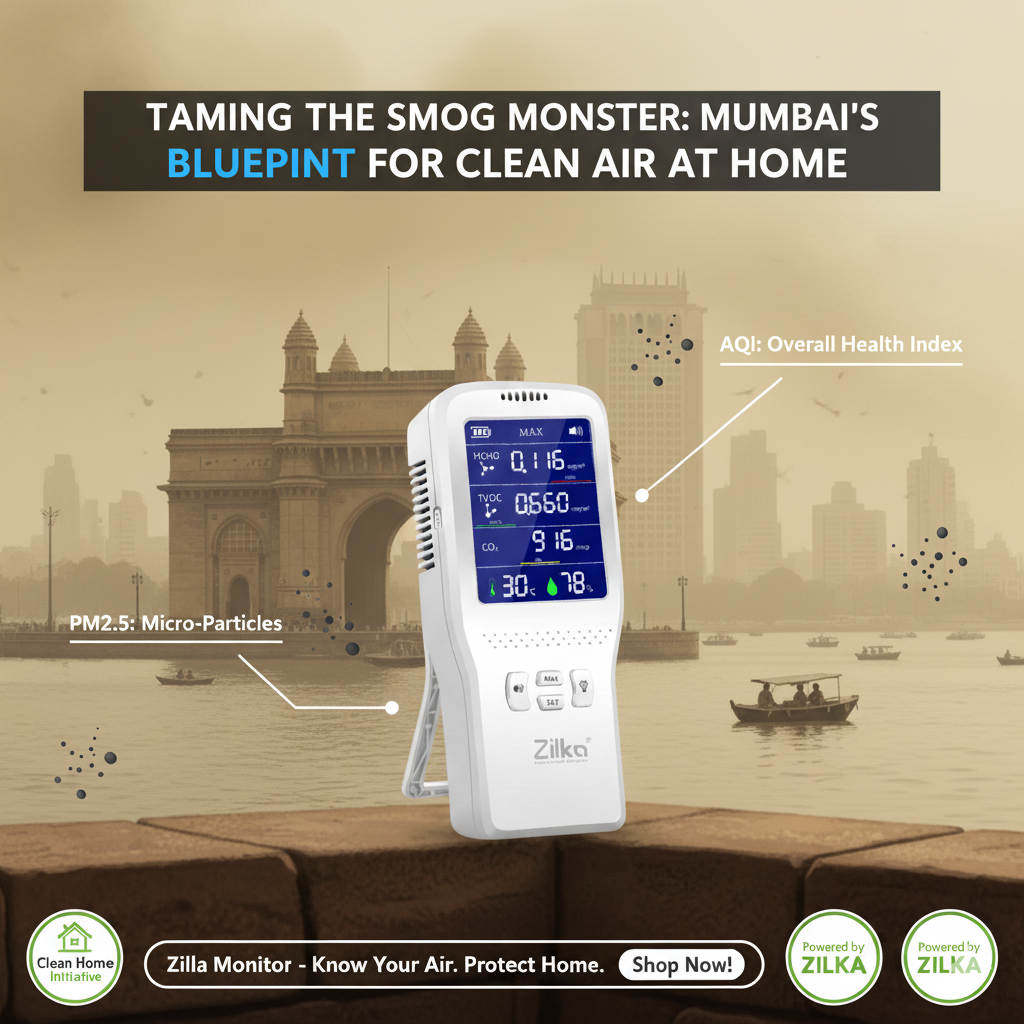
The "Sea Breeze" Myth: Protecting Your Child from Mumbai's Hidden Indoor Air Threats - Air Quality Index - AQI
In Mumbai, there's a comforting myth that the fresh sea breeze blows all the pollution away. While it can help, it's a dangerous oversimplification. For parents raising children in this vibrant, congested city, understanding the real indoor air threats is critical for their long-term health.
The air in a Mumbai apartment is a unique and challenging mix that goes far beyond simple traffic smog.
Threat 1: The Damp Menace (Mold & Mildew) The sea breeze also brings relentless humidity. For most of the year, indoor humidity levels can hover above 70%.
-
The Impact on Kids: This is the perfect breeding ground for mold and dust mites, two of the most potent triggers for childhood asthma and allergies. Your child’s recurring cough might not be from a cold, but from mold spores in a damp cupboard or wall.
-
Your Defense: Zilka 11-in-1 Air Quality Monitor with a humidity sensor is essential. It will alert you to maintain the safe zone of 40-60% humidity, telling you exactly when to run your AC in "dry mode" or use a dehumidifier.
Threat 2: The Construction Cloud Mumbai is in a constant state of construction.
-
The Impact on Kids: Fine cement and silica dust (PM2.5) from nearby sites easily infiltrate homes, no matter how high up you are. These particles are particularly damaging to small, developing lungs.
-
Your Defense: Your monitor will show you when dust levels are high, indicating the need to keep windows closed and run an air purifier with a HEPA filter.
Threat 3: The Trapped Traffic Fumes The "canyon effect" of tall buildings traps vehicular pollutants at street level.
-
The Impact on Kids: These fumes contain nitrogen dioxide (NO2) and VOCs, which can seep into lower-floor apartments and cause respiratory irritation.
-
Your Defense: A monitor helps you correlate poor air quality readings with peak traffic times, allowing you to manage ventilation schedules more effectively.
For Mumbai parents, protecting your child's health means seeing past the sea breeze myth and using real data to fight the invisible threats of humidity, dust, and fumes.


